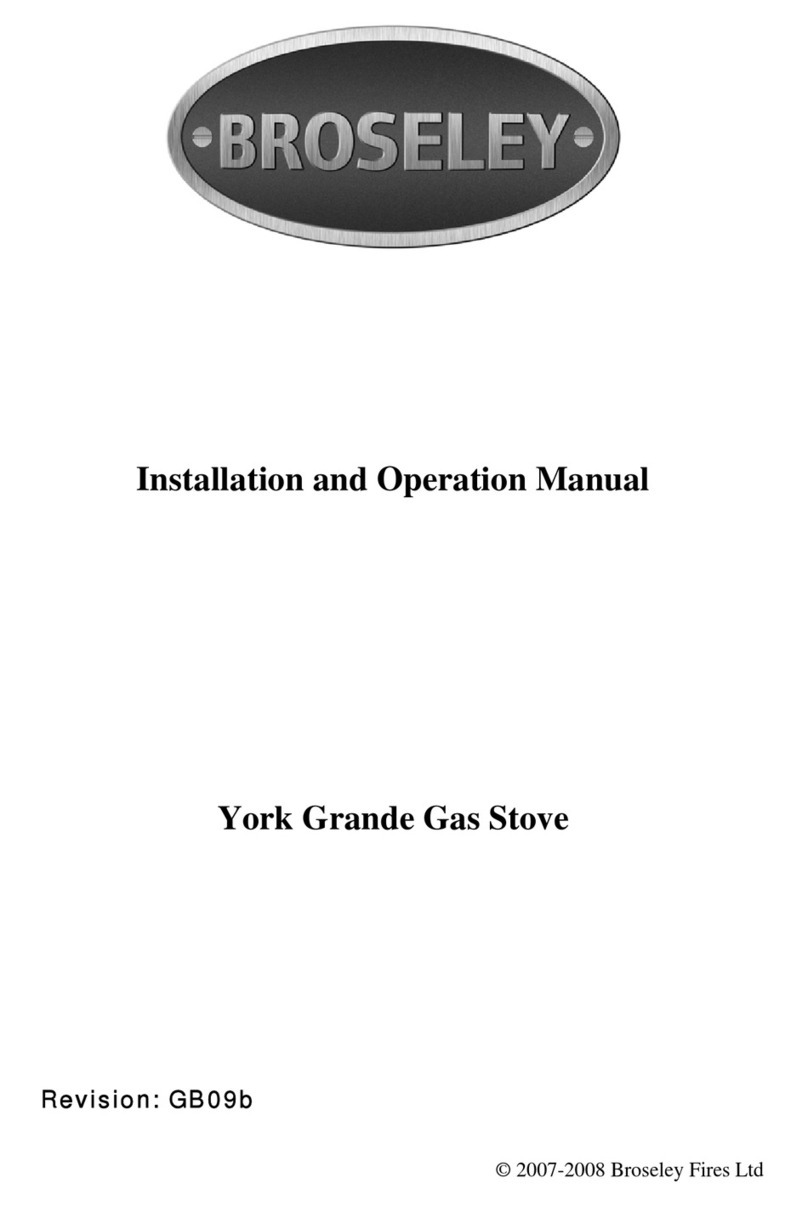Broseley Lincoln Manual
Other Broseley Stove manuals
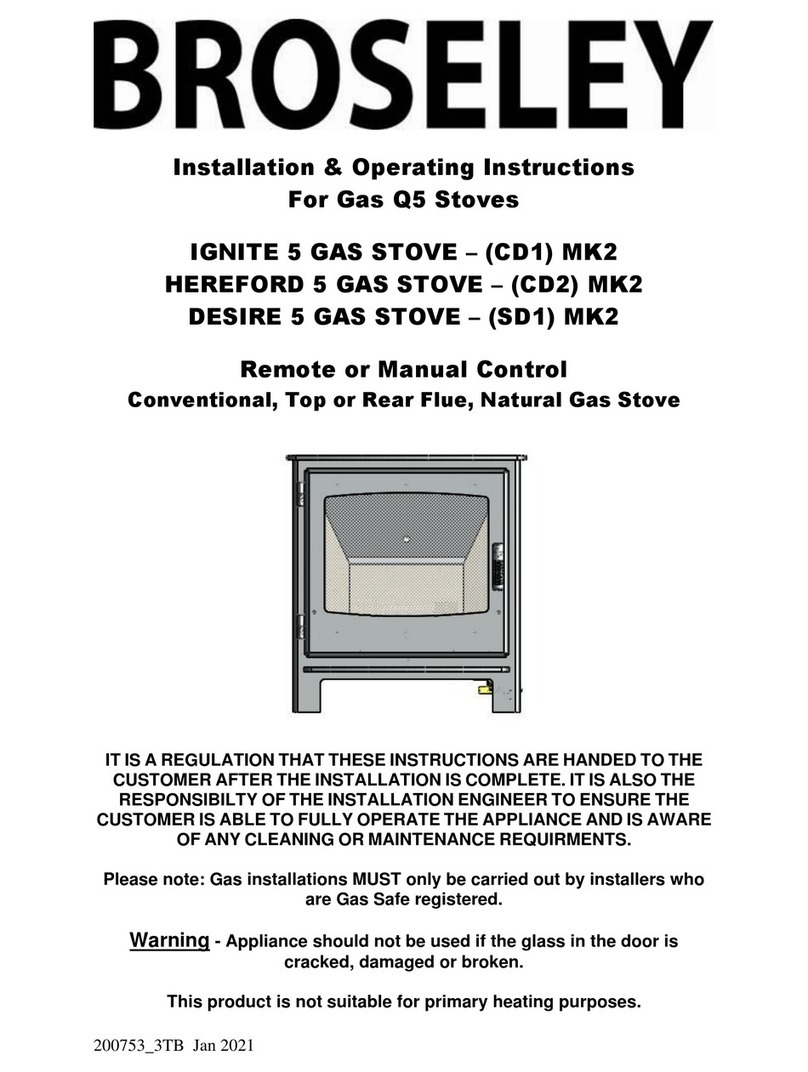
Broseley
Broseley IGNITE 5 CD1 MK2 Manual
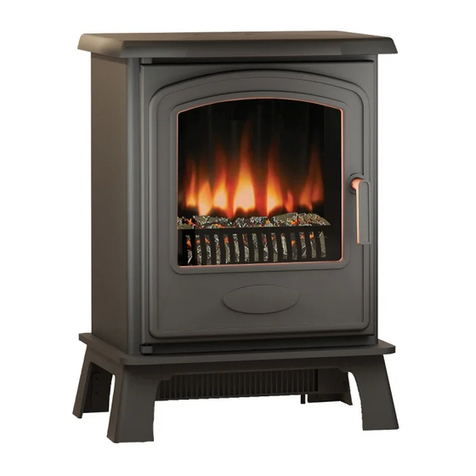
Broseley
Broseley Inset Ignite 6 Remote Manual
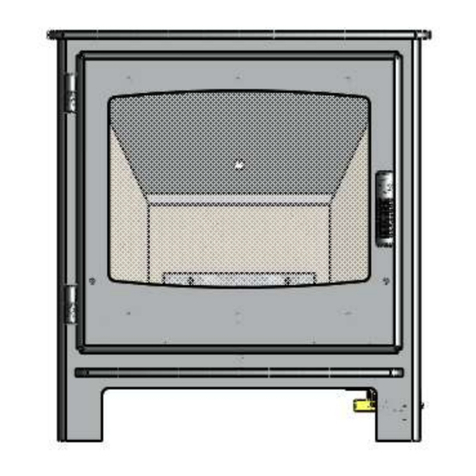
Broseley
Broseley Gas Q7 MK2 Manual

Broseley
Broseley Canterbury PD-08-002 User manual

Broseley
Broseley York Petite User manual
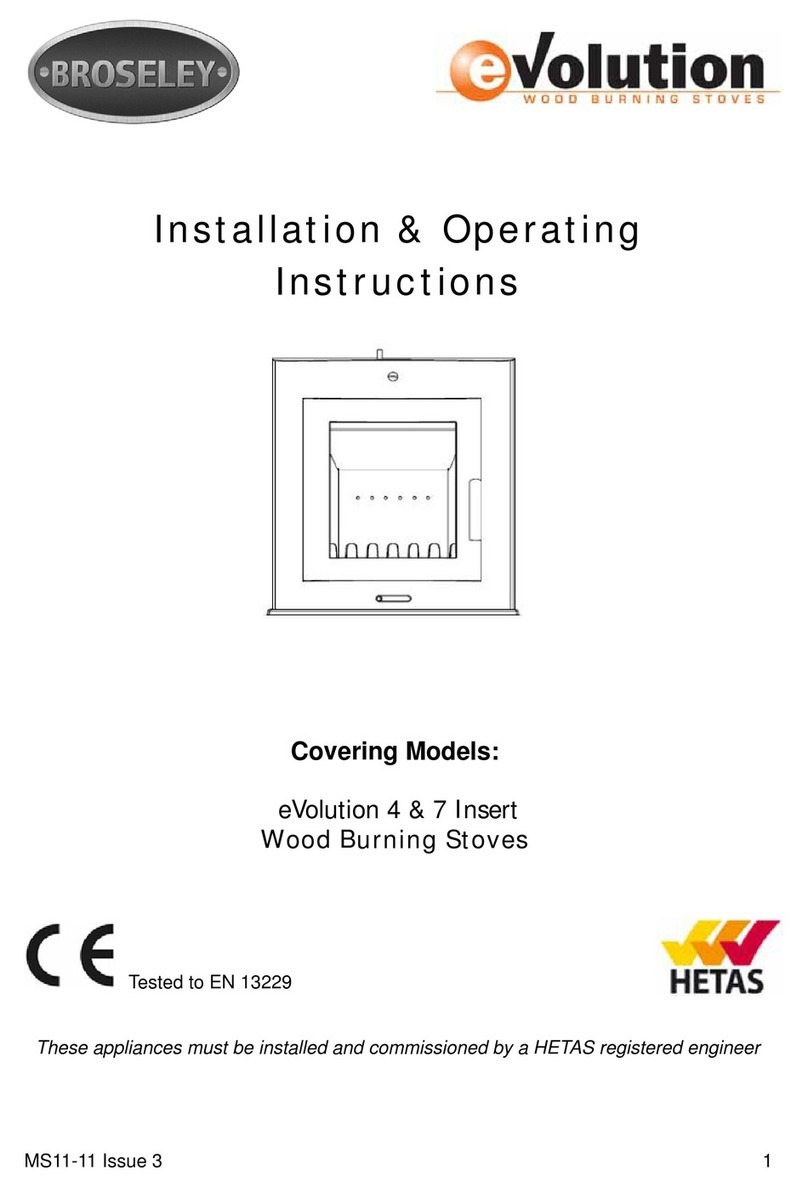
Broseley
Broseley eVolution 4 Manual

Broseley
Broseley WINCHESTER User manual

Broseley
Broseley York Midi User manual

Broseley
Broseley Canterbury User manual

Broseley
Broseley Canterbury Manual
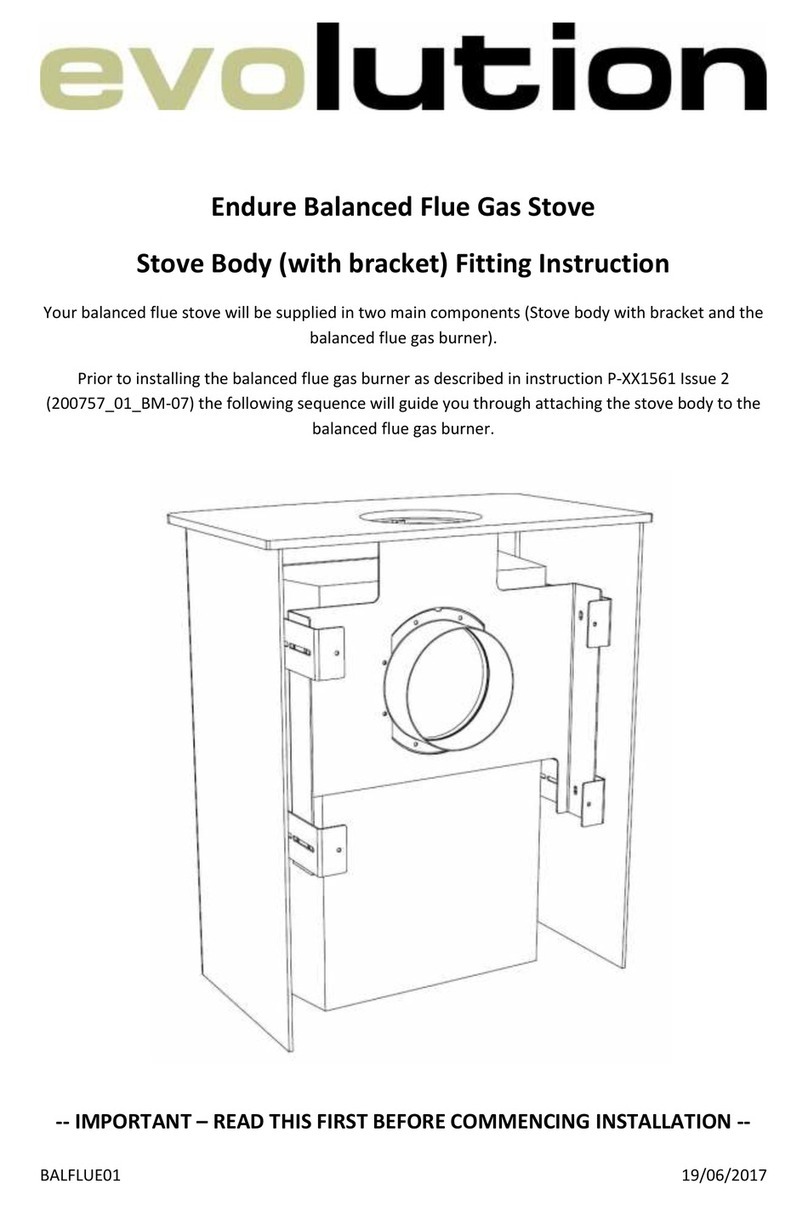
Broseley
Broseley Evolution Endure Install guide
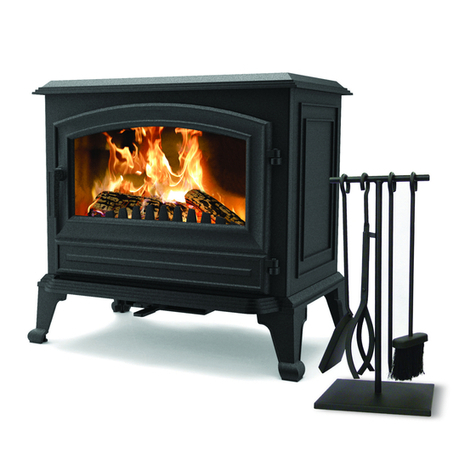
Broseley
Broseley York Midi SE Manual

Broseley
Broseley Canterbury PD-08-002 User manual

Broseley
Broseley Evolution 5 MK2 Manual

Broseley
Broseley WINCHESTER User manual

Broseley
Broseley Hercules User manual
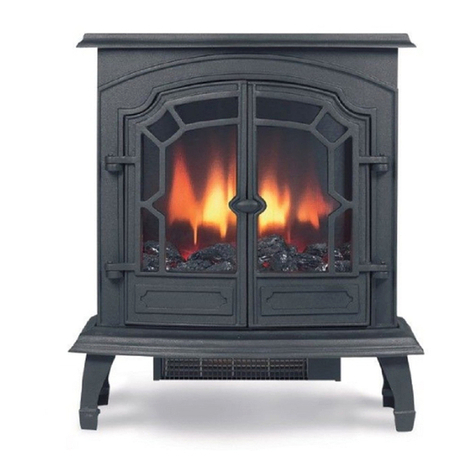
Broseley
Broseley Canterbury User guide

Broseley
Broseley York Midi User manual

Broseley
Broseley Ignite 5 Manual

Broseley
Broseley Lincoln Manual
Popular Stove manuals by other brands

Exquisit
Exquisit EKC601-5 Instructions for use and installation

Stanley
Stanley Oisin Oil MK II Installation and operation instruction

Thermocet
Thermocet Brookfield S/CC Operating and installation instructions

HASE
HASE delhi operating instructions

Vermont Castings
Vermont Castings Intrepid 2 User instructions

Italiana Camini
Italiana Camini CLASSICA Installation, use and maintenance

